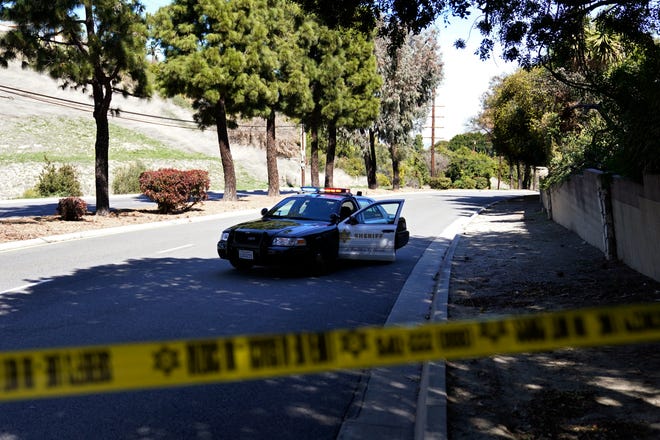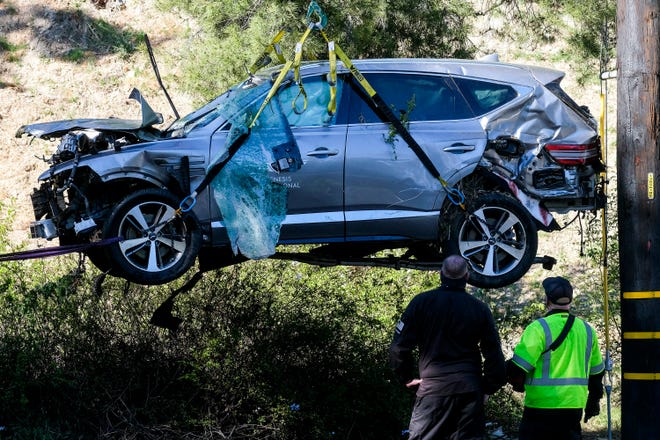
This article is more than
4 year oldCities responsible for the road where Tiger Woods crashed could be found liable in court, lawyer says

LOS ANGELES — The two cities responsible for the road on which Tiger Woods crashed his car and suffered serious leg injuries Tuesday could be liable for the accident, according to a California attorney who said he has been involved in similar cases.
Neil Shouse, a former deputy district attorney in Los Angeles County, cited the 13 accidents that the Los Angeles County Sheriff’s Department said occurred on the stretch of sloped, windy road in Rancho Palos Verdes and Rolling Hills Estates where Woods crashed.
“That would be data that would put that cities on notice that it’s a dangerous stretch of roadway,’’ Shouse, who now runs his own law firm, told USA TODAY Sports. “And their failure to take reasonable steps to alleviate that danger, to either redesign the roadway or add a traffic signal, reduce the speed limit, add speed bumps, take various measures to reduce the risk, their failure to do that could potentially subject them to liability.’’
STAY INFORMED:Keep up with latest on Tiger's recovery. Sign up for our sports newsletter.

City officials with Rolling Hills Estates and Rancho Palos Verdes declined comment when contacted by USA TODAY Sports and asked about the history of accidents on that stretch of Hawthorne Boulevard. The cities share jurisdiction of the road, according to Los Angeles County.
The road has a speed limit of 45 miles per hour, but one sheriff's deputy said he's clocked cars going as fast at 80 mph.
The Los Angeles County sheriff has said there is no evidence that Woods was impaired during the crash and called it “purely an accident.”
Shouse said he has been involved in at least 10 lawsuits against public entities for dangerous roadway or dangerous conditions on the roadway and has won about half of the cases.
“It can be difficult to sue the sovereign and sometimes fight city hall,’’ he said. “But if you do successfully, it can be a big case for the client."
Woods, 45, underwent surgery Tuesday after he sustained open fractures affecting both the upper and lower portions of his right tibia and fibula, the two main bones in the lower leg during the crash. A rod was inserted into his tibia to stabilize the bones, according to Anish Mahajan, the chief medical officer and interim CEO at Harbor-UCLA Medical Center, where Woods was treated.
Michael Jenkins, a city attorney and adjunct law professor at the University of Southern California, said key factors include determining if there was “actual or constructive knowledge’’ of the dangerous condition and whether the condition is objectively dangerous.
“These are very fact-dependent inquiries,’’ Jenkins said. “Ultimately the question is whether there’s a dangerous condition of public property."
While saying he was not commenting on Woods’ situation, Jenkins addressed “the idea of entitlement.’’
"The question of are we always blaming others for the problems we find ourselves in and when do we take responsibility,’’ he said. “It’s always somebody else’s fault. It seems to be kind of a modern phenomenon.’’




